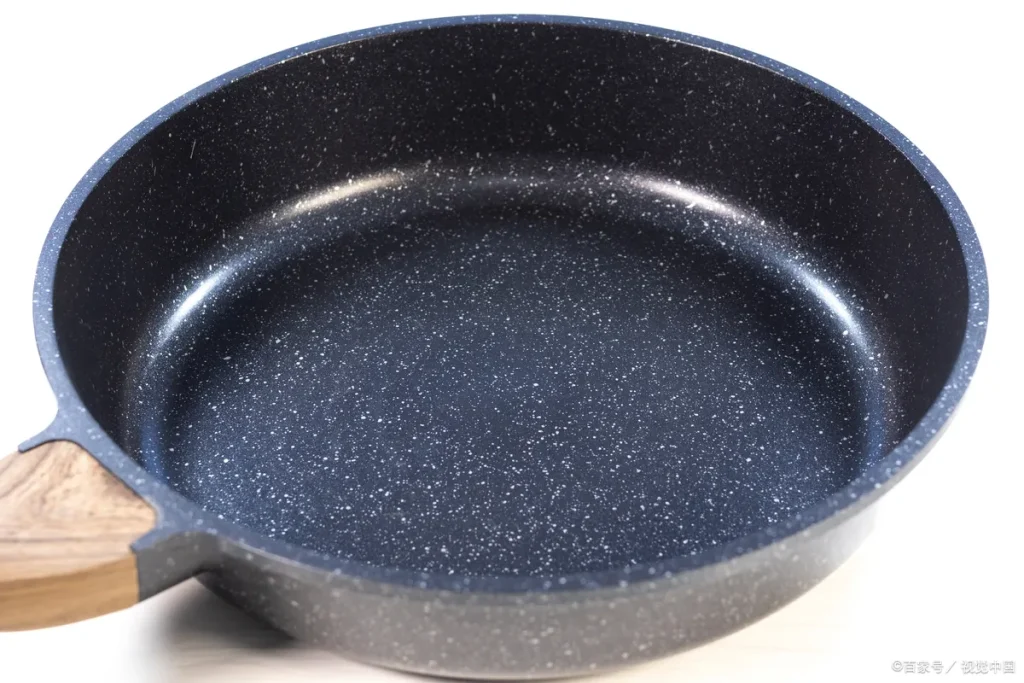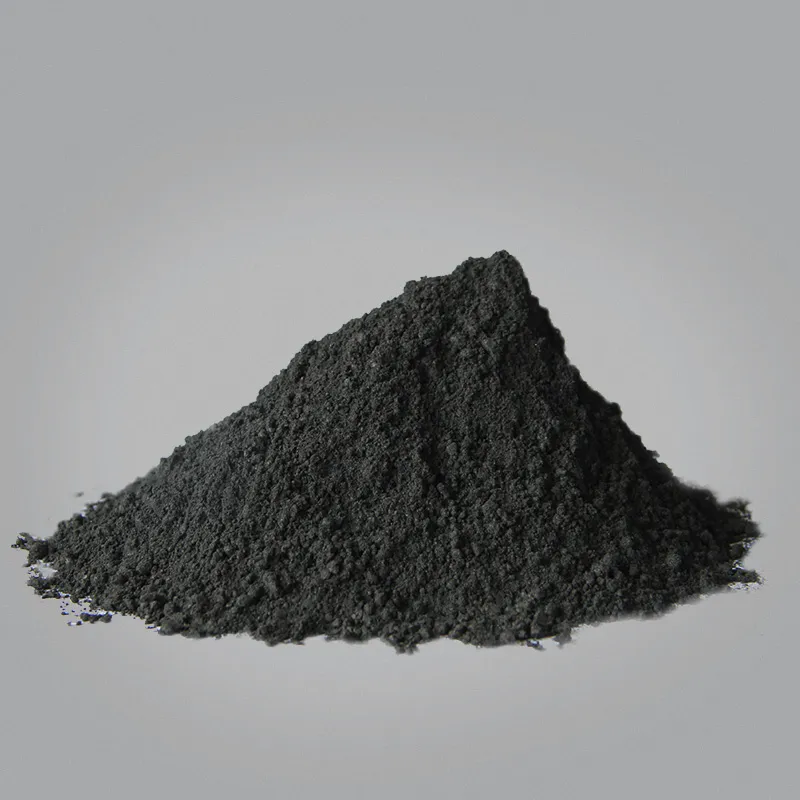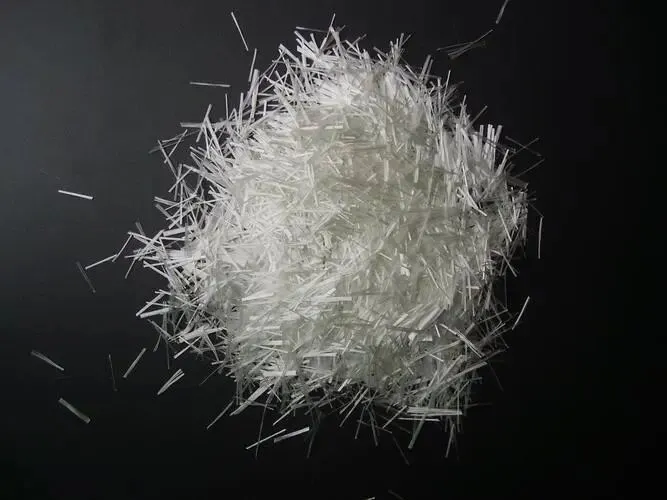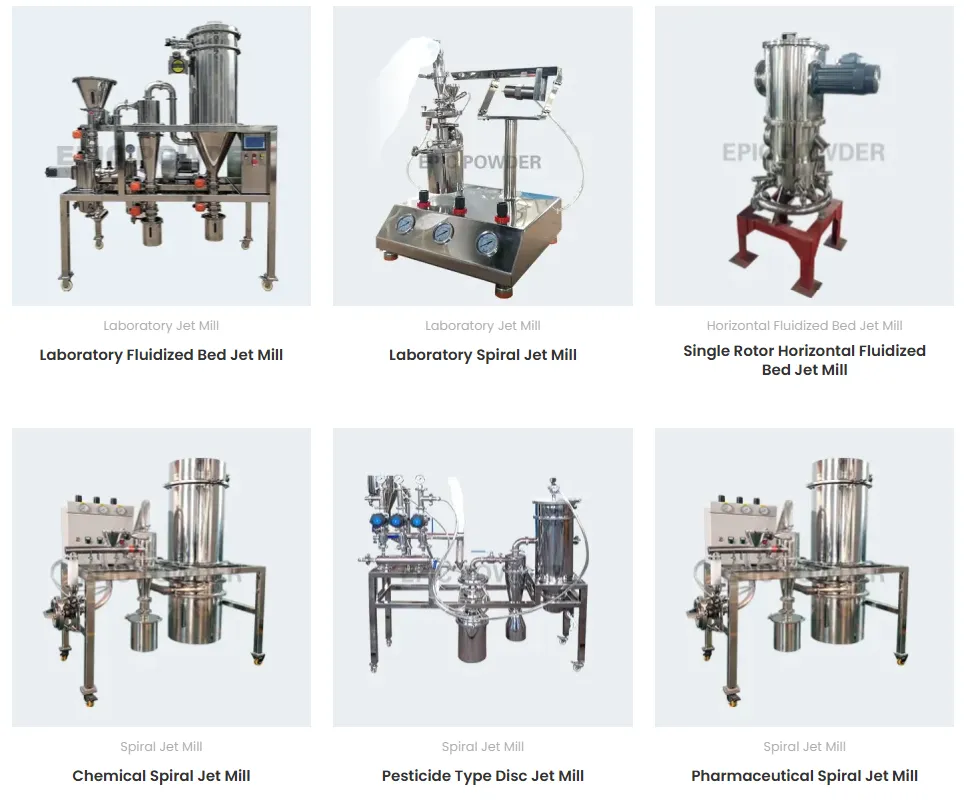في مختلف تطبيقات المنتجات البلاستيكية، تُعدّ مقاومة التآكل مؤشرًا حاسمًا للأداء، إذ تؤثر بشكل كبير على قابلية استخدام المكونات البلاستيكية وعمرها الافتراضي. ومع تزايد استخدام البلاستيك في صناعات السيارات والهندسة الميكانيكية والإلكترونيات وغيرها، أصبح تعزيز مقاومته للتآكل أكثر أهمية من أي وقت مضى. لتقليل الاحتكاك والتآكل بفعالية، تُستخدم طريقتان رئيسيتان شائعتان: إضافة مواد التشحيم ودمج المواد المقوية. نتيجةً لذلك، برز دمج مواد التعزيز لتحسين مقاومة التآكل والتشحيم الذاتي كحلٍّ مُفضّل في هذه الصناعة. نستعرض أدناه سبع مواد حشو شائعة الاستخدام تُعزّز مقاومة البلاستيك للتآكل.
رغم قدرة زيوت التشحيم على تقليل الاحتكاك إلى حد ما، إلا أن لها عيوبًا ملحوظة. فمع مرور الوقت، تتدهور الزيوت، مما يُقلل من تأثيرها التزييتي. كما تتطلب صيانة دورية وإعادة استخدام، مما يزيد من تكاليف التشغيل والعمالة. علاوة على ذلك، تميل زيوت التشحيم إلى جذب الغبار والحطام، مما يؤدي إلى تلوث الأجزاء الداخلية واحتمال تعطل المعدات.

1. بولي تترافلورو إيثيلين (PTFE، تفلون)
اكتشف دوبونت مادة PTFE عام ١٩٣٨، وهي تُعرف على نطاق واسع باسم التفلون. تتميز بخصائص استثنائية غير لاصقة وتشحيم ذاتي ممتاز، مما يجعلها مثالية للطلاءات غير اللاصقة، مثل تلك المستخدمة في أواني الطهي.
نظرًا لكونه مادة مضافة مقاومة للتآكل، يتميز مسحوق PTFE الدقيق بأقل معامل احتكاك بين جميع المواد المضافة المخفضة للاحتكاك. فهو يُشكل طبقة ناعمة ومُزلقة على أسطح الأجزاء، مما يُقلل التآكل بفعالية، خاصةً في التطبيقات عالية الأحمال. نسبة الإضافة المثلى هي 15% للبلاستيك غير المتبلور و20% للبلاستيك البلوري. يُستخدم مسحوق PTFE الدقيق على نطاق واسع في البلاستيك الهندسي، والطلاءات، والأحبار، ومواد التشحيم، والمطاط لتحسين مقاومة التآكل والخدش، وخصائص منع الالتصاق، مع تعزيز التزييت الكلي. على سبيل المثال، تتميز مكونات POM المُعززة بـ PTFE بمقاومة فائقة للتآكل وعمر خدمة طويل.

2. ثاني كبريتيد الموليبدينوم
ثنائي كبريتيد الموليبدينوم (MoS₂) مسحوقٌ صلبٌ داكن اللون ذو لمعانٍ معدنيٍّ وملمسٍ ناعم. يتميز بأداءٍ استثنائيٍّ في درجات الحرارة والضغط العاليين، ويُعتبر غالبًا من أفضل أنواع مواد التشحيم الصلبة.
في مجال البلاستيك الهندسي، يُستخدم بشكل رئيسي لتقوية النايلون. على سبيل المثال، يُظهر النايلون 66 الممزوج بـ MoS₂ صلابةً وصلابةً واستقرارًا بُعديًا مُحسّنًا مقارنةً بالراتنج النقي. تُعزز البنية البلورية لـ MoS₂ قدرة المادة على تحمل الأحمال ومقاومتها للتآكل. على الرغم من إمكانية انخفاض قوة التأثير بشكل طفيف، إلا أنه يُستخدم على نطاق واسع في التروس والمحامل والأختام والمنزلقات لتقليل التآكل وتعزيز موثوقية التشغيل.
3. الجرافيت

يتميز الجرافيت ببنية شبكية متعددة الطبقات، مما يسمح لجزيئاته بالانزلاق بسهولة تحت أدنى احتكاك. تُعد هذه الخاصية قيّمة بشكل خاص في البيئات الرطبة، حيث يمكن للماء أن يزيد الاحتكاك.
يُستخدم الجرافيت، كمُضاف مقاوم للتآكل، غالبًا في المكونات المعرضة للماء، مثل أغطية المضخات، والمراوح، وأختام الصمامات. يُعزز الجرافيت مقاومة البلاستيك للتآكل بشكل ملحوظ في الظروف الرطبة أو تحت الماء، مما يُقلل من احتياجات الصيانة ويُطيل عمر الخدمة.
4. بولي سيلوكسان
بولي سيلوكسان مادة مضافة متنقلة مقاومة للتآكل. عند إضافته إلى اللدائن الحرارية، ينتقل تدريجيًا إلى السطح ويشكل طبقة واقية مستمرة.
تُحدد لزوجة بولي سيلوكسان أدائه؛ إذ تُؤدي اللزوجة المنخفضة إلى سرعة انتقاله ومقاومة أفضل للتآكل. ومع ذلك، إذا كانت اللزوجة رقيقة جدًا، فقد تتبخر أو تنتقل بسرعة كبيرة، مما يُقلل من فعاليتها. لذا، يُعد اختيار اللزوجة المناسبة أمرًا بالغ الأهمية لتحقيق الأداء الأمثل.
5. الألياف الزجاجية

الألياف الزجاجية مادة غير عضوية، مصنوعة أساسًا من ثاني أكسيد السيليكون. تتميز بمتانة عالية، ومقاومة حرارية، ومقاومة للتآكل.
على الرغم من هشاشته، إلا أنه يُعزز الهياكل البلاستيكية بشكل كبير من خلال توفير رابط ميكانيكي بين جزيئات البوليمر. يُعزز هذا التكامل سلامة الهيكل ومقاومته للتآكل. يُستخدم عادةً في المضخات والصمامات والمحامل والتروس والدعامات لتحسين المتانة وقدرتها على تحمل الأحمال.
6. ألياف الكربون
تُنتَج ألياف الكربون عن طريق كربنة المواد العضوية الأولية في درجات حرارة عالية. وكما هو الحال مع الألياف الزجاجية، تُحسِّن ألياف الكربون سلامة الهيكل، ومقاومة التآكل، وقدرته على تحمل الأحمال.
ومع ذلك، فهو أكثر نعومةً وأقل كشطًا من الألياف الزجاجية، مما يجعله مناسبًا للتطبيقات التي تتطلب تجنب خدش السطح. خصائصه ذاتية التشحيم تجعله مثاليًا للمحامل والتروس وحلقات المكبس الخالية من الزيت في التطبيقات المتطورة مثل صناعة الطيران والآلات الدقيقة.
7. ألياف الأراميد (كيفلر)
ألياف الأراميد، التي طورتها شركة دوبونت في ستينيات القرن الماضي، هي ألياف صناعية عالية القوة تتميز بمقاومة ممتازة للحرارة والمواد الكيميائية. وهي أقوى من الفولاذ بخمس إلى ست مرات.
لكونه مادة مضافة مقاومة للتآكل، فهو أكثر نعومة وأقل تآكلًا من ألياف الزجاج أو الكربون. وهو مفيد بشكل خاص في التطبيقات التي تتطلب حماية الأسطح. على سبيل المثال، يُستخدم مع البولي إيثيلين فائق الوزن الجزيئي في الخوذات التكتيكية لتحسين مقاومة التآكل وامتصاص الصدمات.

آلات مسحوق ملحمة
مع أكثر من 20 عامًا من الخبرة في صناعة المساحيق فائقة الدقة، آلات مسحوق ملحمة ملتزمون بتطوير مستقبل معالجة المساحيق فائقة الدقة. نتخصص في سحق وطحن وتصنيف وتعديل المساحيق فائقة الدقة لتلبية مختلف الاحتياجات الصناعية.
اتصل بنا تواصل معنا اليوم للحصول على استشارة مجانية وحلول مُخصصة. فريقنا من الخبراء مُلتزم بتقديم منتجات وخدمات عالية الجودة تُعزز قيمة عمليات معالجة المساحيق لديك. مسحوق ملحمي-شريكك الموثوق في معالجة المساحيق.